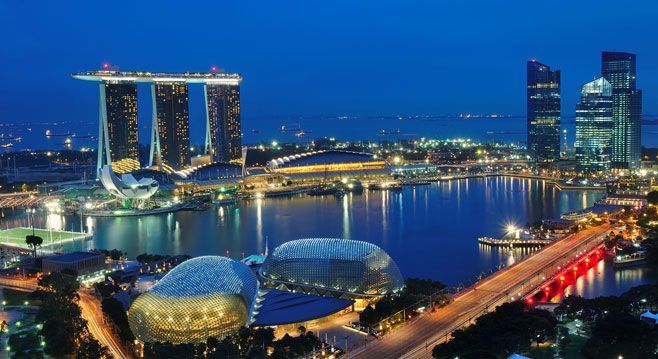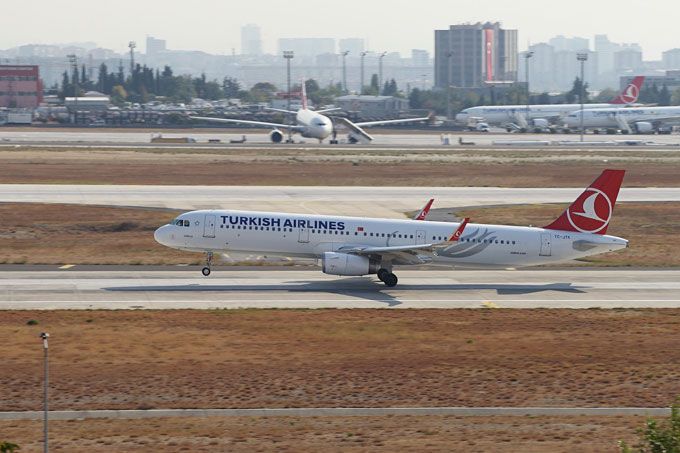Europe remains the most visited region in the world, with a 6% upswing in international tourist arrivals in 2018 compared to the previous year.
This growth continues despite ongoing trade tensions, uncertainty surrounding Brexit and the economic slowdown in the Eurozone and China.
Virtually all reporting destinations (32 out of 33) registered some form of expansion, with travel to Turkey (+22%) continuing its strong recovery , driven by a wide range of source markets and a depreciating Lira. The second fastest growing destination was Serbia, as it continues to benefit from its visa-free access to Chinese passport holders, with reported arrivals 15% higher in the year-to-November compared to the same period a year ago. Malta (+15%) experienced some robust arrivals and overnights growth based on data to August, as its efforts to position itself as a year-round destination materialise. Rounding off the top performers was Montenegro (+14%), which registered solid results due to continued development of tourism infrastructure, and Latvia (+10%), the only Central/Eastern European destination that showed a double-digit expansion (+10%).
Significant outbound travel growth from the US and China was reported again in 2018. Growth from the US has been aided by various economic factors, including a strong dollar against the Euro and Sterling, while 24 out of 30 destination countries reported an increase in the number of visitors from China, thanks to improved air connectivity and visa procedures, as well as an expanding Chinese middle class.
These are the statictics published at the European Travel Commission’s “European Tourism -Trends & Prospects 2018” report.
Eduardo Santander, Executive Director of the ETC said: “Despite adverse risks such as tensions in financial markets, uncertainty surrounding the UK’s withdrawal from the EU and the worrisome forward-looking indicators, the European tourism industry has yet again proved resilient in 2018, accounting for over half (51%) of worldwide tourist arrivals. Looking ahead to the plethora of unknowns 2019 has to offer, we are predicting growth over around 3% in international tourist arrivals to the region. These challenges present an opportunity to reorient European and national policy to support the drivers of sustainable tourism growth and to promote long-term development in Europe”.
The potential economic impact of a “No Deal” Brexit
While most destinations reported growth from key source markets in 2018, it is increasingly evident that Brexit-related uncertainty continues to have a negative impact on the sector. According to the report, outbound travel and tourism from the UK will be impacted negatively on all fronts in the event of a ‘No Deal’ Brexit. Negative impacts from economic drivers, airline disruption and increased passport regulation are likely to see up to 8 million fewer outbound trips from the UK.













